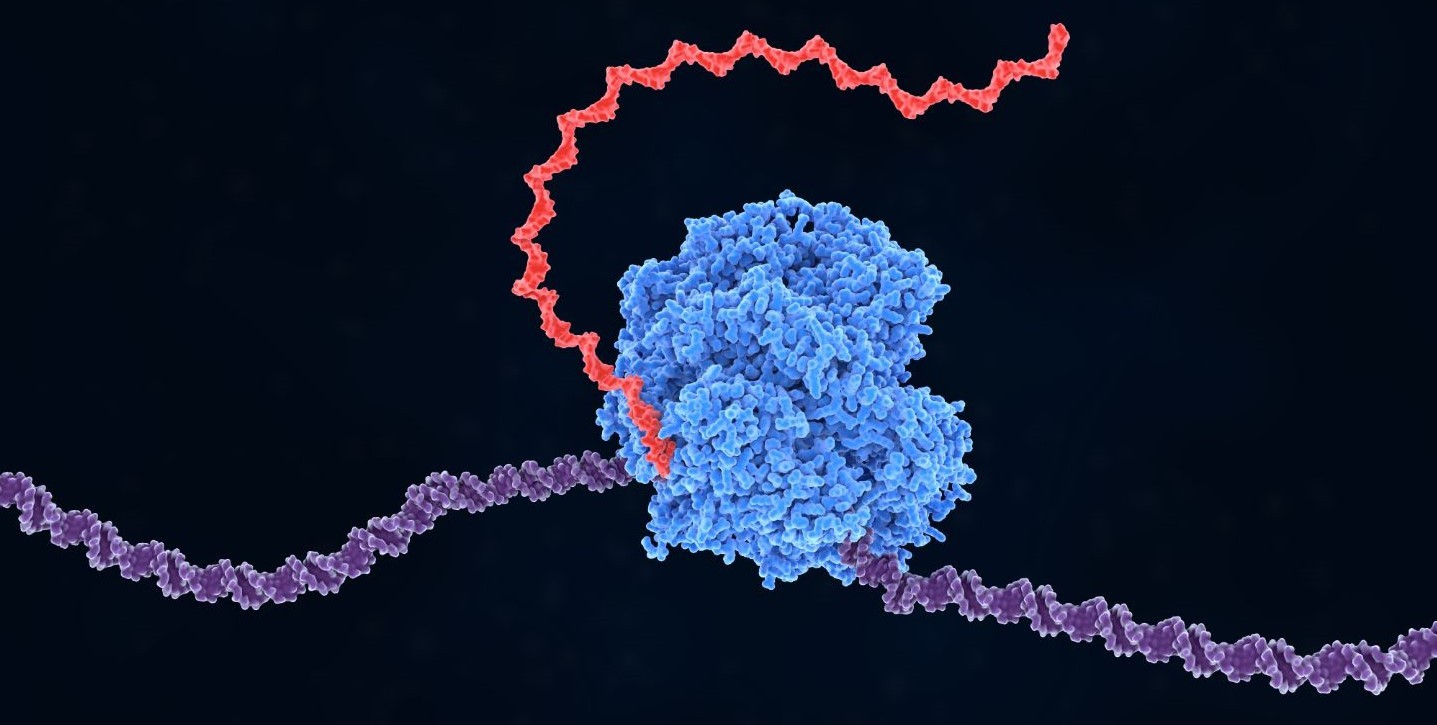Reading Writing And Editing Dna
Tiny Nanopores Spark Big Strides for Synthetic Biology
Nanopore sequencing offers synthetic biologists unparalleled insights into genetic material, driving innovation despite challenges in read quality and user experience compared to other platforms
Nov 18, 2024
[DALL-E]
The Oxford Nanopore platform—also known as nanopore sequencing technology—enables the real-time analysis of long and complex DNA and RNA molecules. But how might this technology be impacting the field of synthetic biology? To address this issue, SynBioBeta recently spoke with three leading experts, who shared their insights about how nanopore sequencing is driving new advancements in synthetic biology.
How Oxford Nanopore’s Platform Works
Aaron Pomerantz, Associate Director of Global Segment Marketing at Oxford Nanopore Technologies, explains that traditional sequencing methods typically require DNA to be copied many times—in the process of amplification. “Unfortunately, amplification can introduce biases and limit the length of DNA that can be accurately sequenced.”
In contrast, Oxford Nanopore’s platform does not rely on DNA amplification. He explains that Oxford Nanopore’s sequencing devices use flow cells to enable what is called single-molecule sequencing. These flow cells contain an array of tiny holes called nanopores. Each nanopore is linked to an electrode and sensor chip that measures the electric current passing through the pore.
“When a strand of DNA or RNA moves through the nanopore, each base that passes through can be identified through the characteristic disruption it causes to the current in real-time,” he explains. This produces a signal that is then decoded by algorithms to determine the exact sequence of nucleotides.
Nanopore Sequencing for Synthetic Biology
“It is an exciting time for synthetic biology,” says Pomerantz. “This is partly because the tools to read, write, and modify DNA are becoming faster, easier to use, and more accessible.” Interestingly, this area is typically discussed in-depth at SynBioBeta’s Global Synthetic Biology Conference, where industry leaders like Oxford Nanopore address the latest tech innovations.
He notes that Oxford Nanopore’s platform is already widely used in synthetic biology labs around the world today. Furthermore, Oxford Nanopore’s devices can easily be integrated into a wide range of projects, whether small-scale lab experiments or larger industrial applications.
Pomerantz further emphasizes that many synthetic biology applications require the analysis of long DNA fragments. “Oxford Nanopore can sequence extremely long, continuous strands of DNA, making it ideal for sequencing complex and repetitive regions. It also provides valuable information on full-length RNA molecules, which is especially beneficial for characterizing the identity and integrity of messenger RNA (mRNA) vaccines.”
Another advantage of the platform is that it can detect native DNA and RNA modifications, such as methylation. “This is highly relevant in fields like synthetic biology, where epigenetic modifications affect gene expression and function. By capturing these modifications alongside the nucleotide sequence, nanopore sequencing offers a more complete picture of the genetic material.”
Finally, another key benefit for synthetic biology is the platform’s ability to provide real-time sequencing data, which allows synthetic biology researchers to monitor experiments and obtain results rapidly, such as the same-day sequence verification of synthetic constructs.
DNA Sequencing Applications
Pomerantz highlights several examples of how nanopore technology is being used for DNA sequencing applications. For instance, biofoundries like the Edinburgh Genome Foundry are using the platform as a high-throughput strategy to validate assembled, cloned, or edited plasmids.1

“Unlike traditional methods that typically verify only a small portion of the plasmid sequence, nanopore sequencing yields complete plasmid sequencing, with the ability to verify if the plasmid is free of mutations.” The platform can detect DNA contaminants and resolve repetitive regions, dimers, and deletions.
Pomerantz notes that nanopore sequencing is also helping to advance gene therapy, where it is leveraged to assess the quality and integrity of viral vectors such as adeno-associated virus (AAV).2 “Nanopore sequencing can span the entire AAV genome in one read, providing comprehensive insight into vector quality.” He notes that this capability is vital for ensuring the integrity of AAV vectors by identifying potential contaminants, truncation hotspots, and other issues that may compromise the gene therapy process.
Finally, Pomerantz adds that Oxford Nanopore sequencing offers a powerful alternative to traditional sequencing technologies for validating CRISPR edits.3 “The platform can sequence long stretches of DNA around the potential location of the genome edit. It can also detect off-target effects and unintended changes. This makes nanopore sequencing a highly effective solution for validating genetic modifications made with technologies like CRISPR.”
RNA Sequencing Applications
Helen Gunter, Senior Research Fellow at the BASE mRNA Facility at the University of Queensland, Australia, stresses that Oxford Nanopore’s technology is the only platform that offers direct RNA sequencing in which an RNA molecule is sequenced without first reverse-transcribing it into complementary DNA. “This method avoids systematic errors that can accumulate during reverse transcription and PCR, which can be used in other RNA sequencing methods.”

Gunter explains how BASE uses Oxford Nanopore’s platform for direct RNA sequencing to measure the quality of the mRNA vaccines that they manufacture. These mRNAs can then be used across Australia for various research applications. “Oxford Nanopore’s RNA sequencing technology allows us to measure the identity, integrity, and purity of mRNAs in a single test.”
Gunter further illustrates that BASE collaborates with Oxford Nanopore to benchmark and validate mRNA vaccine quality for routine manufacturing. Among other challenges, she notes how a modified base called N1-methylpseudouridine is often incorporated into mRNAs to prevent the induction of harmful inflammatory responses and improve protein translation rates. This modified base can be measured accurately using Oxford Nanopore RNA sequencing.
She further highlights how BASE is currently using nanopore sequencing to measure the integrity of mRNAs after they have been transfected into Chinese hamster ovary cells, the primary mammalian cell lines used to produce monoclonal antibodies. Unfortunately, once synthetic mRNAs are transfected into cells, they are exposed to RNA-degrading nucleases.
“In this project, nanopore sequencing is helping us to build a model of synthetic mRNA stability after transfection so we can improve the rational design of synthetic mRNA sequences.”
Comparisons with Other Platforms
Shawn Baker, an advisor and consultant at Genomics of Next Generation Sequencing at SanDiegOmics, discusses how Oxford Nanopore’s technology compares with other leading platforms—such as Illumina and Pacific Biosciences. He argues that a key advantage of Oxford Nanopore’s technology involves its read length. “This is especially true compared with Illumina, the dominant sequencing platform, which is generally limited to reads of 300 bases.”
“In contrast, Oxford Nanopore is limited only by the length of the input DNA,” he stresses. “Reads of many tens of thousands of bases are typical, and reads of over one million bases are possible.”

While Baker is optimistic about Oxford Nanopore’s platform, he argues that it still suffers from two major issues. The first is the read quality or sequencing error rate. “While Oxford Nanopore has improved its read quality tremendously over the past several years, it may still lag slightly behind other companies in read quality.”
Secondly, Baker has observed that the platform can be somewhat tricky for new users, leading to inconsistent results. “New users of the technology frequently produce suboptimal results compared with more seasoned users,” he adds.
On the other hand, Gunter argues that Oxford Nanopore sequencing is much more cost-effective than other sequencing platforms. “It has a lower barrier to entry. This is likely to be important for synthetic biology, as it means that smaller, less well-funded labs can afford to use this method in their research.”
Envisioning the Future
Baker is optimistic about the future of nanopore sequencing. “Perhaps the most interesting thing about Oxford Nanopore’s technology is how compact it is,” he argues.
In the future, Baker envisions the possibility of ubiquitous sequencing—in which extremely small sequencers are embedded into everyday objects—to help monitor health and the environment. “Without the need for large instrumentation to detect the signal, Oxford Nanopore has the greatest likelihood of future miniaturization.”
References
Vegh, Peter, et al. "Biofoundry-Scale DNA Assembly Validation Using Cost-Effective High-Throughput Long-Read Sequencing." ACS Synthetic Biology 13.2 (2024): 683-686.
Chen, Yinxing, et al. "A Comprehensive Study of the Effects by Sequence Truncation within Inverted Terminal Repeats (ITRs) on the Productivity, Genome Packaging, and Potency of AAV Vectors." Microorganisms 12.2 (2024): 310.
McFarlane, Gus Rowan, Jenin Victor Cortez Polanco, and Daniel Bogema. "CRISPR-Cas guide RNA indel analysis using CRISPResso2 with Nanopore sequencing data." BMC Research Notes 17.1 (2024): 205.


















